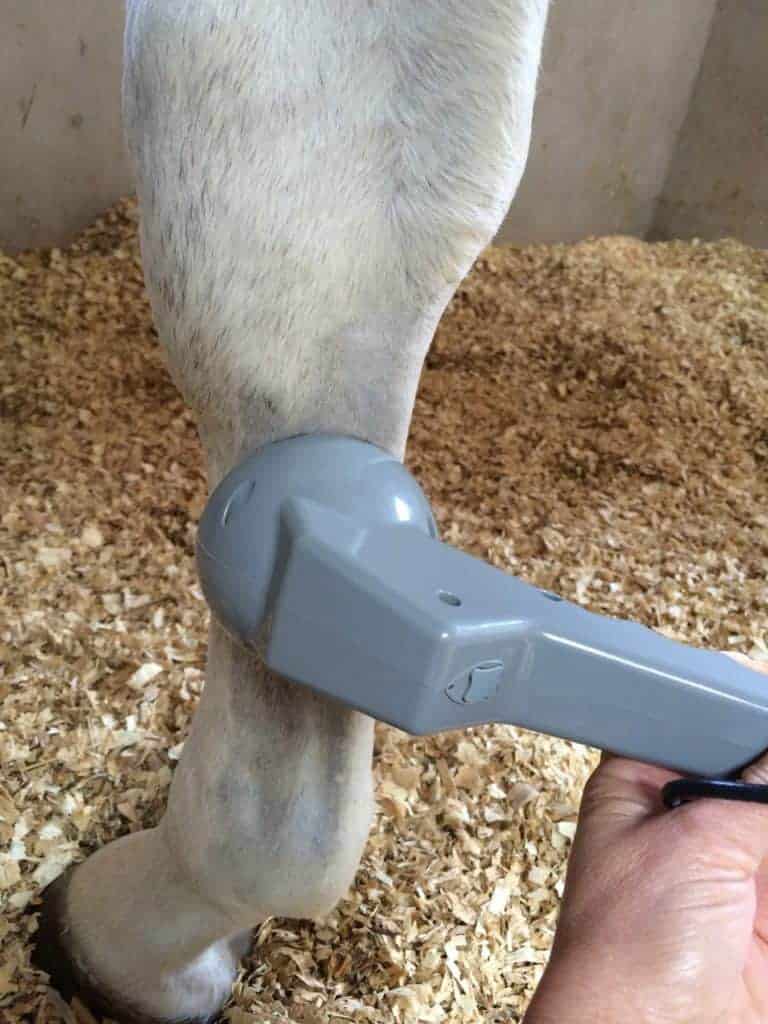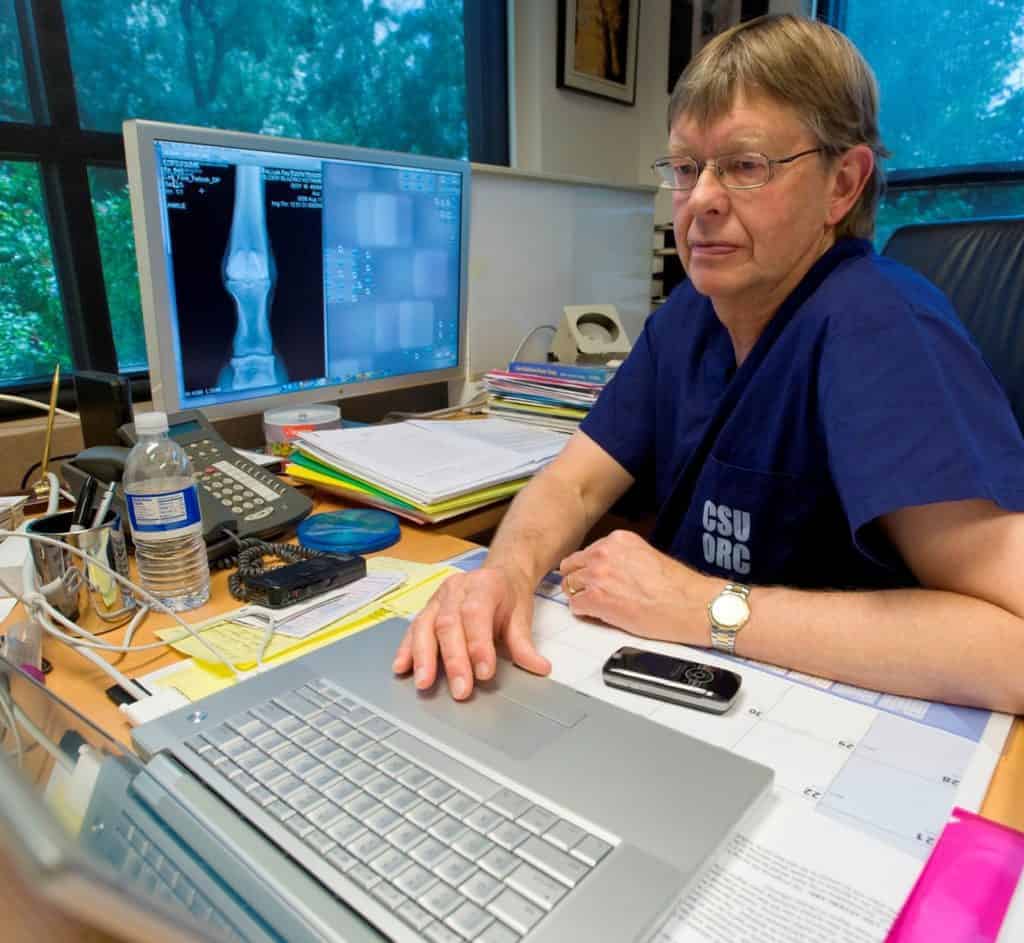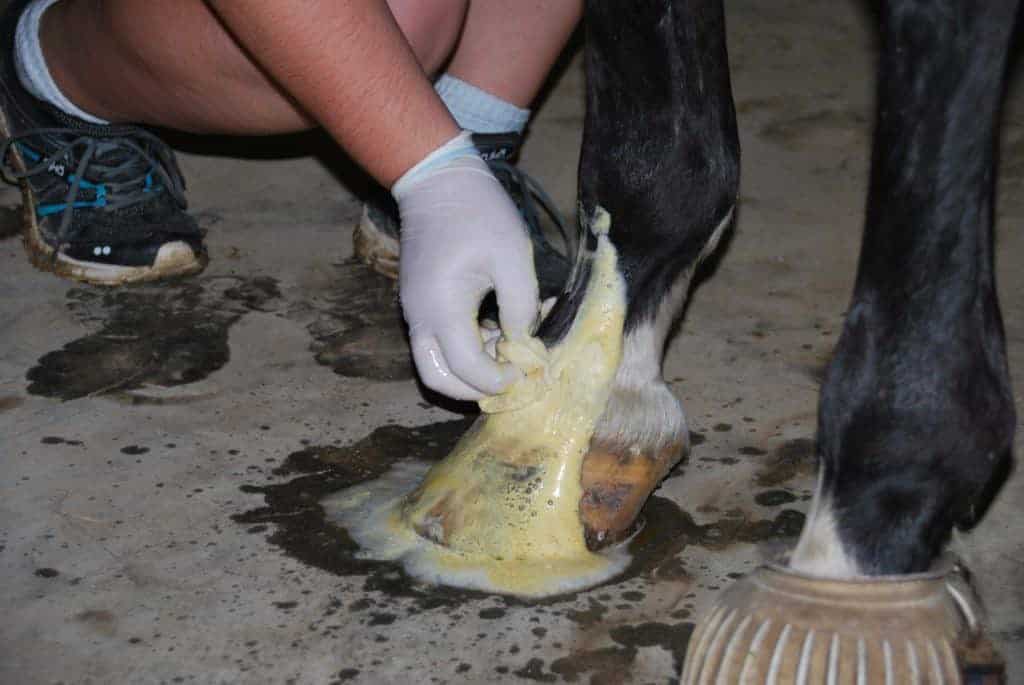
Correcting Equine Nasal Collapse Caused by Nerve Damage
Learn how veterinarians treated an 18-month-old Andalusian colt that suffered nasal collapse after a training accident.

Learn how veterinarians treated an 18-month-old Andalusian colt that suffered nasal collapse after a training accident.

Equally as important as knowing if you’d send a horse to surgery is understanding what to prepare for once he’s home.

A special splint and cast can produce good fracture healing and pasture soundness in ponies, donkeys, and small horses.

Developing an understanding of post-colic feeding practices can help your horse on the road to recovery.

Barbed sutures eliminate the need for knot-tying and distribute tension on the suture line more evenly, researchers say.

The amount of laser light reaching internal structures depends on the horse’s hair and skin thickness and color.

The $65 million facility will be named for renowned equine surgeon and researcher Dr. Wayne McIlwraith.

Dr. Dean Richardson will describe Penn Vet’s system for recovering high-risk horses from anesthesia on June 6.
Veterinarians and farriers recently collaborated on a case of bilateral keratomas in a 6-year-old Holsteiner mare.

In a long-term study, researchers showed that 92.5% of horses discharged had returned to work four to eight years after surgery.

Many respondents said they’d have to consider the possible outcomes before sending a horse to colic surgery.

Tailored rehab plans and frequent veterinary checks are just two pieces of the rehabilitation puzzle.

One in four drivers surveyed said they’d had a horse suffer an injury during transport.

Products that don’t requiring scrubbing to remove dirt and bacteria from skin are gaining in popularity.

Dr. Elizabeth Santschi recaps studies on fracture recovery, joint injections, sarcoid treatments, and more.

Successful treatment depends on an accurate diagnosis and good knowledge of the therapeutic options available.
Stay on top of the most recent Horse Health news with
"*" indicates required fields